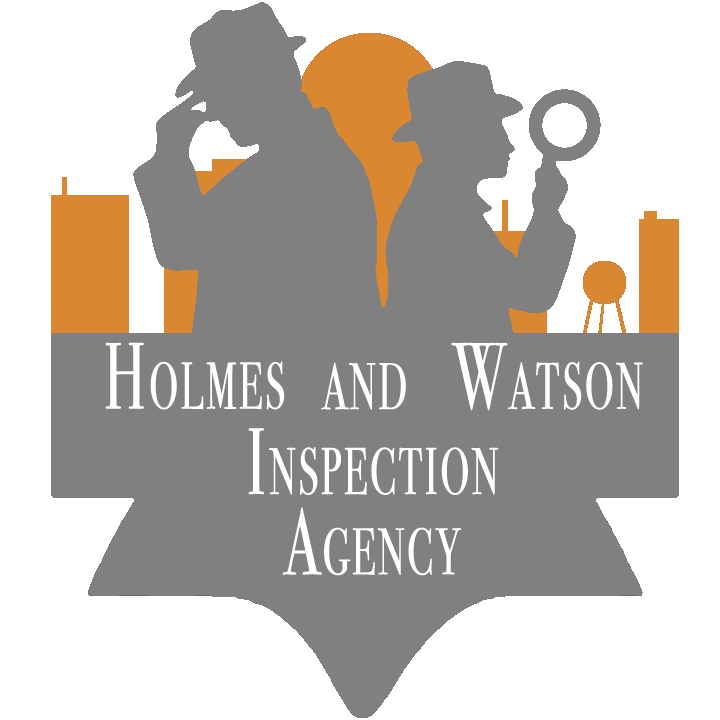Chapter 12: Radon history and discovery
- Daniel Barber
- Jun 22, 2023
- 2 min read
...as Watson enters the room Holmes slowly closes the book he has been studying and turns to his friend...
Holmes: Watson, have you ever pondered the enigmatic gas known as radon?
Watson: Radon, Holmes? I must admit, it's not a subject that has occupied much of my thoughts. Pray, enlighten me.
Holmes: Radon-222, my dear Watson, is a radioactive gas that emanates from an unexpected source—the very ground beneath our feet. It is a byproduct of the decay of radium-226, which in turn stems from the decay chain of uranium-238.
Watson: Ah, I see. So, it derives from the uranium present in the Earth's crust?
Holmes: Precisely, Watson. As uranium is ubiquitous in rocks, soil, and water, radium-226 and radon-222 can be found in almost every nook and cranny of the Earth.
Watson: Fascinating. But how was radon discovered, Holmes?
Holmes: Ah, an interesting tale indeed. In 1899, the British scientist R.B. Owens and his New Zealand counterpart, Ernest Rutherford, observed radon-220—a rarer isotope—making it the first documented encounter with radon. Subsequently, in 1900, the German chemist Friedrich E. Dorn stumbled upon radon-222 and bestowed upon it the name "radium emanation."
Watson: A peculiar path to discovery, Holmes. But when did the medical community become aware of radon's potential dangers?
Holmes: It was in the year 1984, Watson, that a notable incident unfolded. A diligent worker at a nuclear plant in Pennsylvania triggered radiation detectors upon leaving his workplace. Investigation revealed that his clothing had become contaminated with radon decay products originating from his own home.
Watson: Good heavens! That must have raised alarm bells across the nation.
Holmes: Quite so, Watson. The incident sparked nationwide concern among medical professionals, prompting a deeper understanding of radon's hazards. Inhaling radon gas allows it to accumulate in the lungs, exposing individuals to harmful ionizing radiation and increasing the risk of lung cancer.
Watson: A dire consequence, indeed. What measures were taken to address this newfound danger?
Holmes: Initiatives were launched to mitigate radon exposure and raise awareness. Homeowners were encouraged to test radon levels and undertake necessary precautions, such as sealing foundation cracks, installing ventilation systems, and employing radon-resistant construction techniques.
Watson: A prudent course of action, Holmes. By unraveling the origins of radon and comprehending its impact, we empower ourselves to safeguard our well-being and create a safer future.
Holmes: Precisely, Watson. Knowledge and vigilance are the keys to protecting ourselves from this hidden menace.



Comentários